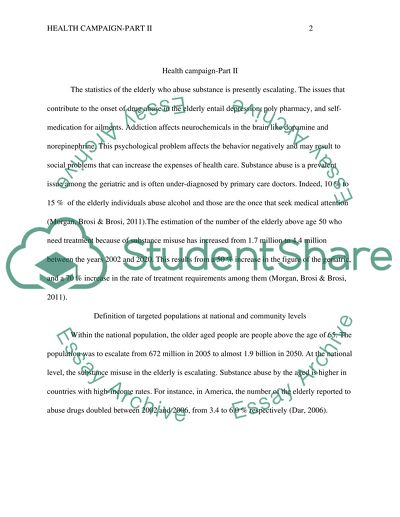Cite this document
(“Health Campaign - Part II Essay Example | Topics and Well Written Essays - 1750 words”, n.d.)
Retrieved from https://studentshare.org/health-sciences-medicine/1444454-health-campaign-yt-part-ii
Retrieved from https://studentshare.org/health-sciences-medicine/1444454-health-campaign-yt-part-ii
(Health Campaign - Part II Essay Example | Topics and Well Written Essays - 1750 Words)
https://studentshare.org/health-sciences-medicine/1444454-health-campaign-yt-part-ii.
https://studentshare.org/health-sciences-medicine/1444454-health-campaign-yt-part-ii.
“Health Campaign - Part II Essay Example | Topics and Well Written Essays - 1750 Words”, n.d. https://studentshare.org/health-sciences-medicine/1444454-health-campaign-yt-part-ii.


